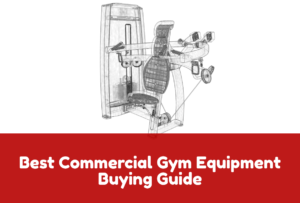The fitness industry is booming and there’s plenty of room for new players. But are gyms profitable? How much money does a gym make? This is a question that a lot of gym owners and would-be gym owners ask themselves.
The answer to do gyms make money, unfortunately, isn’t always black and white. There are several factors you need to consider before you can make an accurate determination about the profitability of your gym.
In this blog post, we’re going to take a look at 7 of the most important factors to consider when assessing the profitability of your gym. So, without further ado, let’s get started!
Table of Contents
1. Competition
In the ever-growing fitness industry, competition is fierce, and it’s crucial to understand the competitive landscape to maximize profitability for your gym. In this section, we’ll discuss how to identify your competitors, analyze their strengths and weaknesses, and develop strategies to stay ahead of the competition, including insights on how many members does a gym need to be profitable.
Understanding the Competition in the Gym Industry
According to WixFit, the gym industry has seen significant growth in recent years, with the gym and fitness center industry expected to grow from its current $37 billion to $42 billion by 2026. This rapid growth has led to an increase in the number of competitors in the market.
Sone questions many ask are:
As a gym owner, it’s essential to understand the different types of competitors you’ll face, including large fitness chains, boutique studios, and online fitness platforms. Here’s something we can both agree on, the key to staying competitive is staying informed about industry trends and focusing on delivering exceptional customer service, including insights on how profitable are gyms and understanding the potential crossfit gym owner salary.
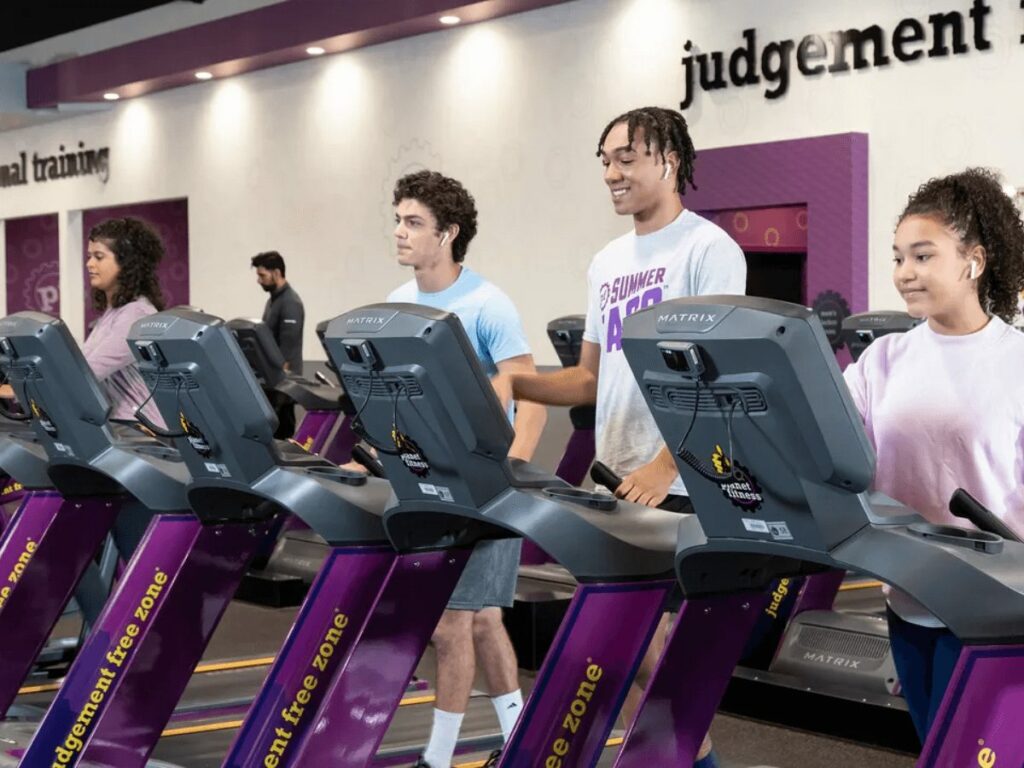
Identifying your Competitors
Your competitors may vary depending on your location, target market, and gym type. Start by researching other gyms and fitness facilities in your area, and take note of their offerings, pricing, and target demographics. Additionally, consider online fitness platforms, as they’ve become increasingly popular and have the potential to draw customers away from traditional gyms. This research will help you determine if owning a gym is profitable in your specific market.
Analyzing the Strengths and Weaknesses of your Competitors
Once you’ve identified your competitors, assess their strengths and weaknesses. This can help you determine the areas where your gym can excel and outperform the competition. Here’s the interesting part of conducting a thorough competitive analysis, allowing you to identify opportunities to differentiate my gym and attract new customers. Additionally, understanding what month do gyms make the most money in your region can help you plan promotions and strategies accordingly.
Pay attention to your competitors’ marketing strategies, here are some examples of it:
- Pricing of their services
- All services that they offer
- Overall customer experience
Strategies for Staying Ahead of the Competition
To stay ahead of the competition, focus on offering unique services or specialized fitness programs that cater to your target market. Invest in quality gym equipment, like those offered by Yanre Fitness, a leading manufacturer of gym equipment, to ensure your customers have access to the best workout experience possible.
Develop a strong marketing strategy that emphasizes your gym’s unique selling points, and maintain an active presence on social media to engage with current and potential customers. Here are some examples of strategies you can use:
- Focus on a customer-centric brand experience that highlights your core strengths and differentiates you from competitors.
- Implement gym management software to streamline administrative tasks, track member progress, and improve overall efficiency.
- Prioritize employee engagement and retention to ensure a consistent, high-quality experience for gym members.
2. Industry Trends
As a gym owner, staying up-to-date with industry trends is essential for maintaining a profitable business. In this section, we’ll discuss the importance of keeping up with trends, staying ahead of the curve, and innovating in your gym. We’ll also explore where do gyms make the most money and how you can leverage regional trends to boost your gym’s profitability.
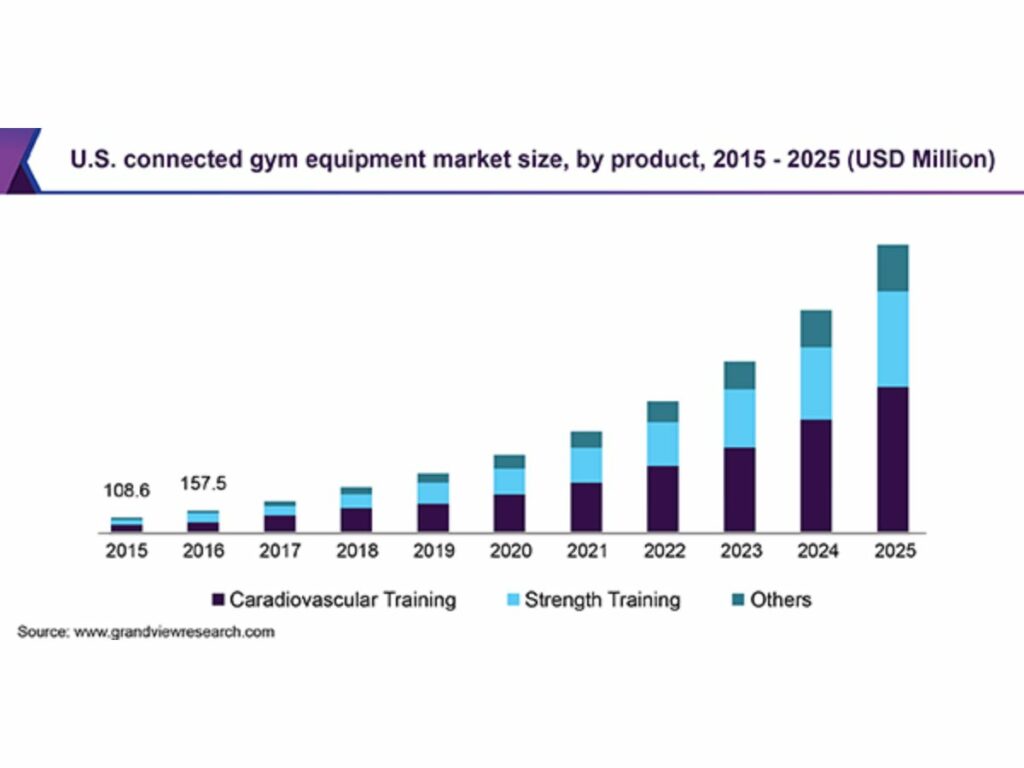
Keeping Up with Industry Trends
To stay competitive, it’s crucial to keep up with industry trends and adapt your gym’s offerings accordingly. Monitor industry publications, attend trade shows, and network with other fitness professionals to stay informed about the latest developments in the fitness world. I think you’ll agree with me when I say, staying informed about industry trends will allow you to make informed decisions about my gym’s direction and better serve gym customers.
Staying Ahead of the Curve
To stay ahead of the curve, be proactive in identifying emerging trends and incorporating them into your gym’s offerings. This may include offering new fitness classes, investing in cutting-edge equipment, or adopting new gym management software to streamline your operations.
A study by Deloitte highlights the importance of being aware of an organization’s impact on the environment, stakeholders, and society, which can be applied to the gym industry as well. By adopting sustainable practices and staying updated on the latest industry trends, gym owners can stay ahead of the curve and maintain a competitive edge
Innovating in Your Gym
Innovation is key to staying competitive in the fitness industry. Look for ways to differentiate your gym from the competition, whether it’s through unique class offerings, advanced gym equipment, or exceptional customer service.
And the best part is partnering with a reliable gym equipment manufacturer like Yanre Fitness can help ensure your gym stays ahead of industry trends and provides an excellent workout experience for your customers.
3. Customer Service
Exceptional customer service is a critical component of gym profitability. In this section, we’ll discuss the role of customer service in your gym’s success, creating a positive customer experience, addressing customer complaints and feedback, and building long-term relationships with customers.
The Role of Customer Service in Gym Profitability
Customer service plays a significant role in the profitability of your gym. High-quality customer service can help you retain existing members, attract new customers, and generate positive word-of-mouth marketing. As a gym owner for more than a decade, investing in customer service has been essential to the success and profitability of my gym.

Creating a Positive Customer Experience
To create a positive customer experience, ensure that your gym’s environment is clean, well-maintained, and welcoming. Offer a variety of classes and equipment to cater to different fitness levels and interests. Train your staff to be knowledgeable, friendly, and attentive to customer needs.
Providing a positive customer experience has been key to retaining members and attracting new customers. Here are some examples of creating a positive customer experience:
- Enhance cleaning and hygiene protocols to ensure a safe and healthy environment for gym members.
- Create an atmosphere and culture that promotes a sense of community and fosters motivation for gym members.
- Continuously innovate and adapt to stay at the forefront of the industry by offering new fitness classes, investing in cutting-edge equipment, and adopting new gym management software.
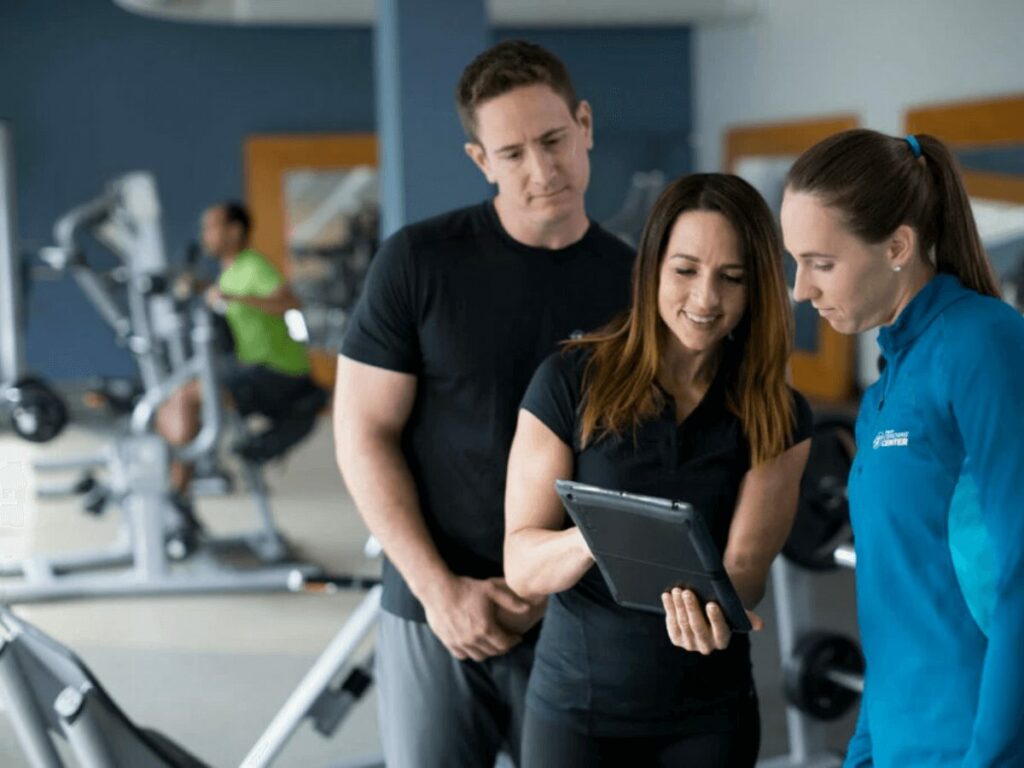
Responding to Customer Complaints and Feedback
Addressing customer complaints and feedback in a timely and professional manner is essential to maintaining a positive customer experience. Be open to feedback, and use it as an opportunity to improve your gym’s offerings and services. Implement a system for collecting and managing customer feedback, such as online surveys, suggestion boxes, or social media channels.
Importance of Building Long-term Relationships with Customers
Building long-term relationships with your customers can lead to increased member retention and loyalty. To foster these relationships, offer personalized services, such as fitness assessments, progress tracking, and tailored workout plans.
Host special events and workshops to engage with your customers outside of regular gym hours and create a sense of community within your gym. Here’s why that’s important, building long-term relationships with customers has contributed significantly to the profitability and success of my gym.
The table highlights key customer service metrics and their relationship to gym profitability. Member retention reflects the percentage of members who renew their subscriptions, customer satisfaction measures members’ overall satisfaction with the gym, and revenue growth indicates the increase in gym revenue. Improving customer service can positively impact all these metrics, leading to higher member retention, increased customer satisfaction, and ultimately contributing to revenue growth.
| Customer Service Metrics | Description |
| Member Retention | Percentage of gym members who renew their memberships or continue their subscriptions over a specific period. |
| Higher member retention rates indicate satisfied customers who are more likely to continue their patronage. | |
| Improved customer service can positively impact member retention by enhancing the overall gym experience. | |
| Customer Satisfaction | Measurement of member satisfaction with the services, facilities, and overall experience provided by the gym. |
| It is often measured through surveys, feedback forms, or ratings given by gym members. | |
| Higher customer satisfaction leads to increased loyalty, positive word-of-mouth, and potential referrals. | |
| Revenue Growth | Percentage increase in gym revenue over a specific period. |
| Exceptional customer service can contribute to revenue growth by attracting new members and retaining them. | |
| Satisfied customers are more likely to continue their memberships and may also upgrade or add additional services. |
4. Location
If you are a gym owner, this is the first thing you need to consider. The location of your gym will somehow determine the cost, the target market, and how successful your gym will be. Another intriguing aspect to think about is, “are gyms busier in the summer or winter?” This can influence the peak times at your facility, especially based on the location’s climate.
If you’re located in a high-traffic area, you’re more likely to see a steady stream of customers. However, if your gym is located in a more rural area, you may have to work harder to attract members.
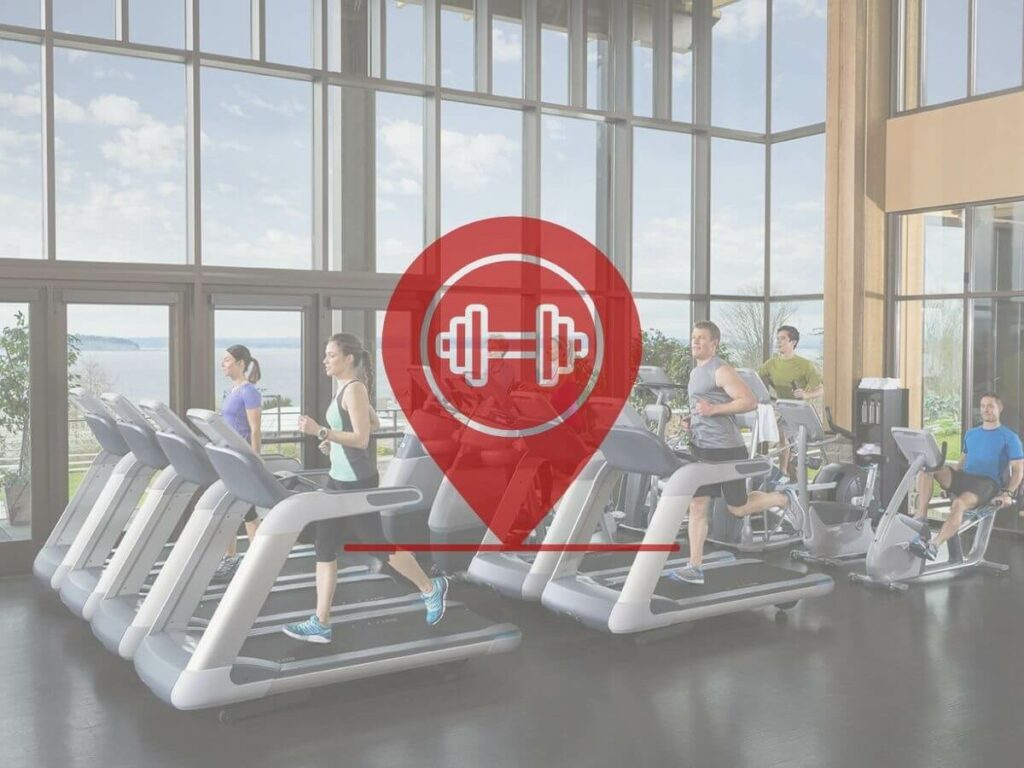
Significant factors to consider include:
Accessibility
Is your own gym easy to get to? Are there public transportation options nearby? Depending on the neighborhood, customers may be more likely to join a gym that’s close to home or work.
Demographics
Consider the demographics of your area and choose a location that will be most convenient for your target market.
Cost of Rent or Mortgage
Another important factor to consider is the cost of rent or mortgage in your chosen location. If you’re paying too much for your space, it will eat into your profits. Make sure to do your research and find a location that’s affordable yet still convenient for your target market.
Competitors
If there are already a lot of gyms in your chosen location, you’ll have to work hard to stand out from the crowd. However, if there are few or no other gyms nearby, you may have a better chance of attracting customers. Weigh the pros and cons of your location before you commit to opening a gym there.
These are just a few of the factors you should consider when it comes to choosing a location for your gym. Keep these things in mind as you search for the perfect spot to open up shop. With a little bit of planning, you can find a location that’s ideal for your gym business.
5. Costs
The biggest expenses for a gym are the facilities themselves, the equipment, and the staff. These costs can range from a few hundred to a few thousand dollars per month. In addition, there are other costs associated with running a gym, such as marketing and advertising expenses, which can also add up.
It is important to consider all of these costs when determining whether or not a gym is profitable. In most cases, the answer will depend on how many members the gym has and how much gym revenue it generates each month.
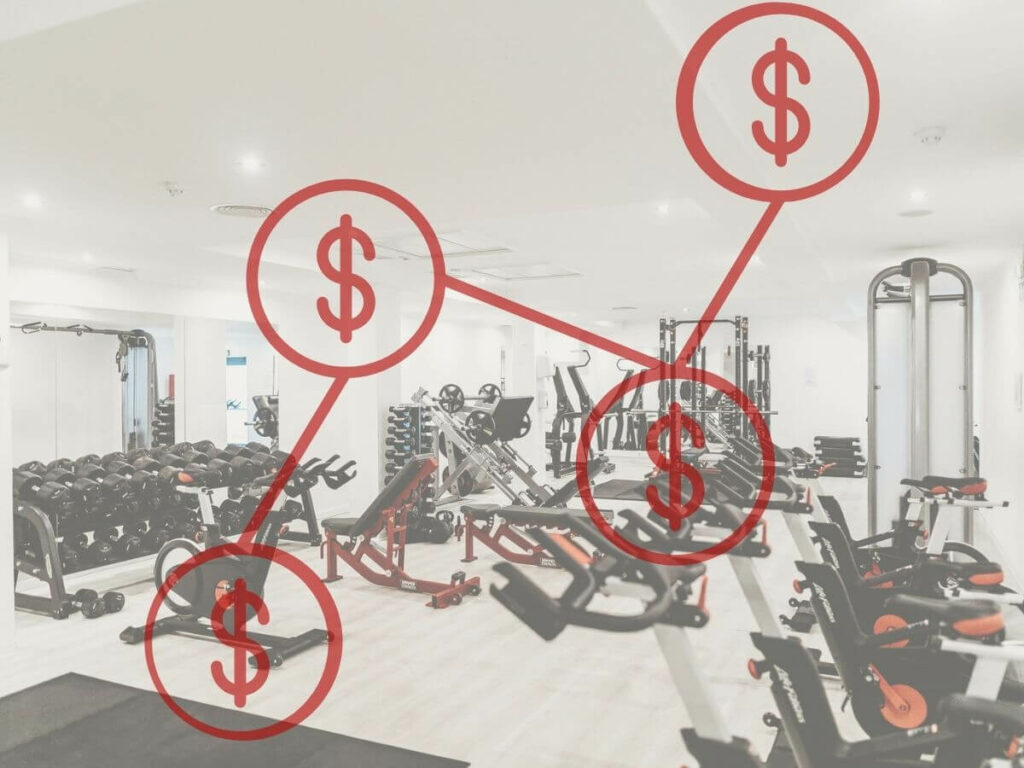
If you are thinking about starting a gym, or if you already have one, it is essential to carefully consider all of the costs associated with running it. Only by doing so can you ensure that your gym is profitable and sustainable in the long run.
6. Target Market
When you’re considering opening a gym, you need to think about who your target market is. Are you catering to a specific demographic? Are you trying to attract athletes? Or are you simply hoping to provide a space for people to come and get healthy?
The target market is extremely important when it comes to gyms. This is because the type of customers you attract will determine the type of facilities and services you need to provide.
Here are some of the possible target markets for gyms:
Athletes
Athletes are always looking for ways to improve their performance. If you can offer a gym that caters to their specific needs, you’ll be able to attract this target market.
Business People
These are people who are looking to improve their health and well-being. They may be looking to lose weight, gain muscle, or just get in better shape. Business people are often short on time, so they’ll appreciate a gym that’s close to their office or home and want to know how much do gym owners make.
Families
Families are looking for a safe place to take their children while they work out. They want a clean and friendly environment that their kids will enjoy.
Older Adults
Older adults are often looking for a low-impact workout. They may also be interested in classes or programs specifically designed for seniors.
Youth
Youth are often looking for a place to play sports and be active. They may also be interested in classes or programs specifically designed for young people.
People with Disabilities
People with disabilities want a place where they can work out without feeling self-conscious. They want an inclusive environment that is welcoming and accommodating.
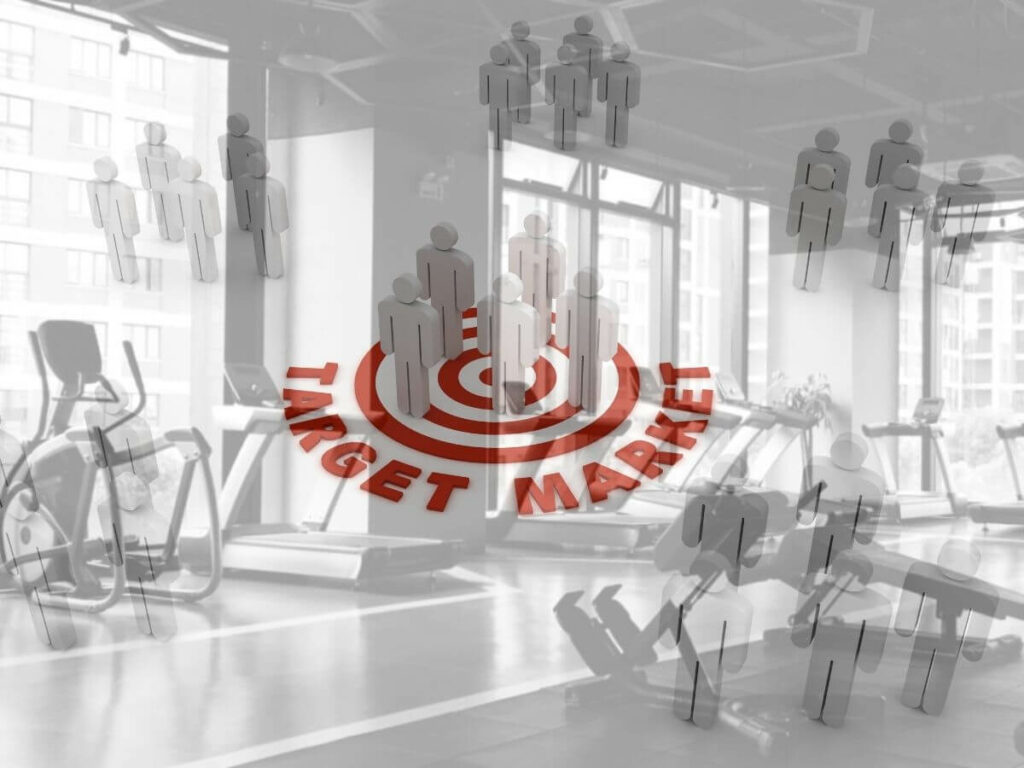
Think about who you want to attract to your gym and make sure that your business plan reflects that. Your target market will have a big impact on the type of gym you open, the equipment you include, and the services you offer. If you’re catering to a specific group of people, you’ll need to make sure your gym caters to their needs.
7. Staffing
One of the largest expenses for gyms is staffing. You need to factor in the cost of hiring, training, and retaining quality employees. In addition, you need to have enough staff on hand to provide a good customer experience. If your gym is understaffed, customers will likely become frustrated and leave.
To keep your staffing costs down, consider hiring part-time or seasonal employees. You can also offer incentives to employees who refer new members to your gym.
Here are some of the most important staff positions to consider:
Front Desk Personnel
These are the first people customers will interact with when they come to your gym. They need to be friendly and helpful to give customers a good first impression of your own fitness business.

Manager
Your gym manager will be responsible for day-to-day operations, including staff management, budgeting, and marketing. They need to have a good understanding of the fitness industry and be able to effectively run your business.
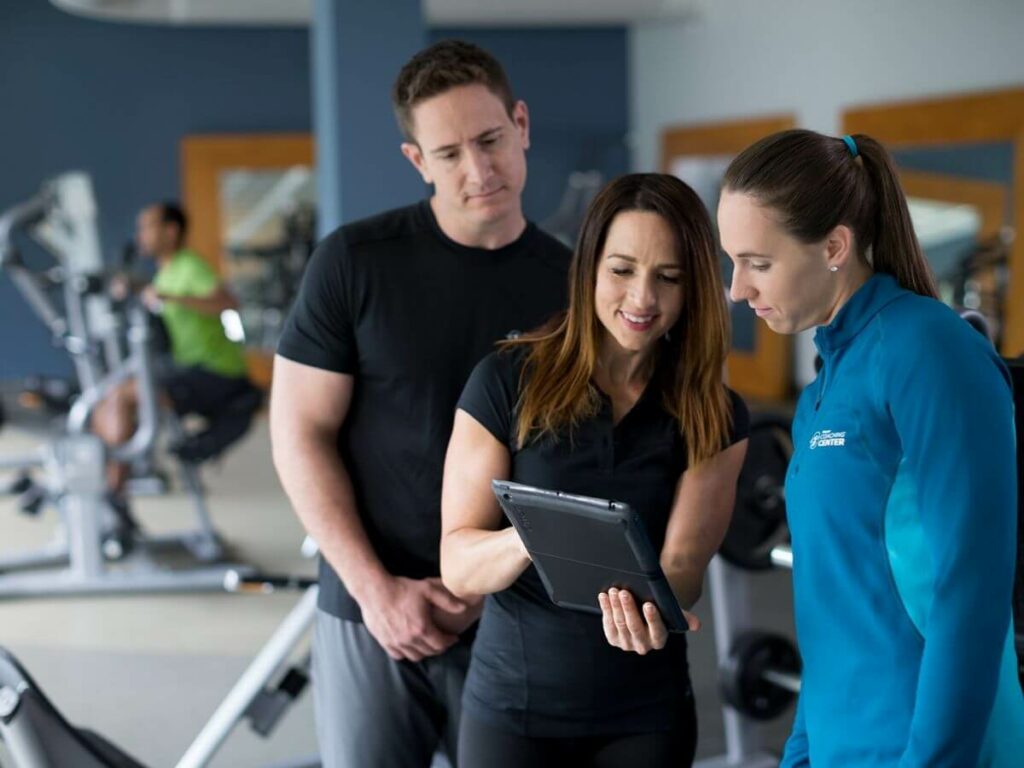
Personal Trainers
If you want to offer personal training services, you’ll need to hire certified trainers. This personal trainer can be a significant expense, but it’s also a great way to differentiate your gym from others in the area.

Group Fitness Instructors
Group fitness classes are becoming increasingly popular, so you may want to consider hiring instructors to lead them. This is another expense, but it can be offset by charging customers for the classes.

Cleaners
Keeping your gym clean is essential to maintaining a good reputation. You’ll need to hire cleaners to come in and clean the gym regularly.
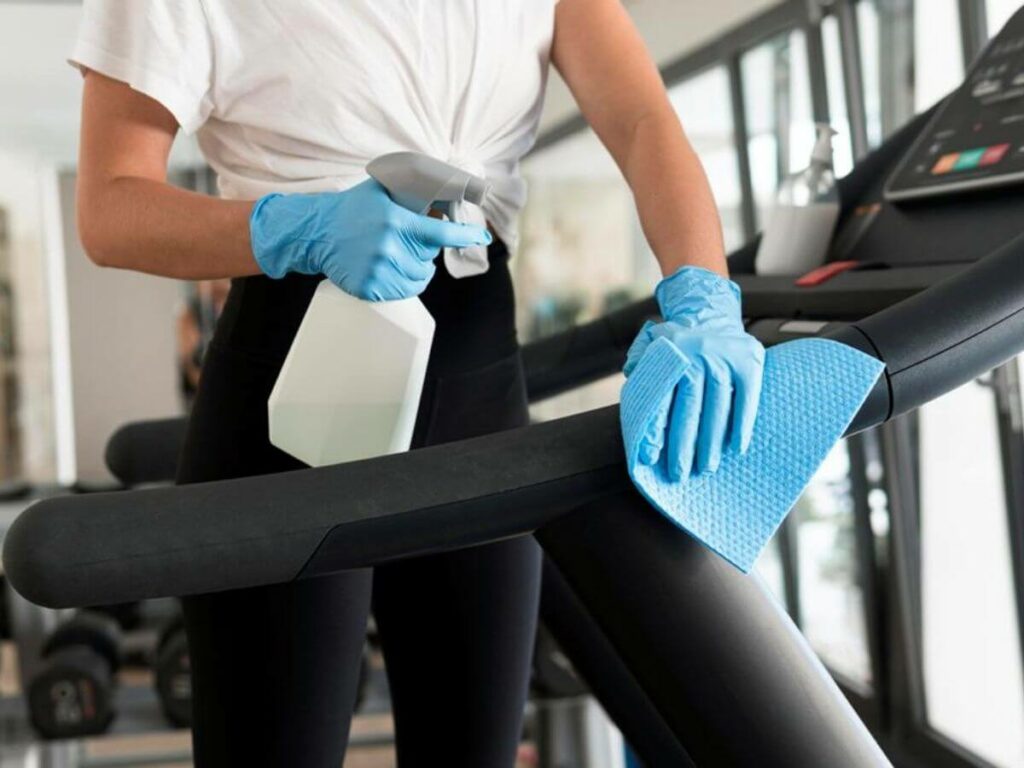
Maintenance Personnel
Depending on the size of your gym, you may also need to hire maintenance personnel to keep the equipment in good working order. This is an important expense, as broken equipment can lead to customer injuries.
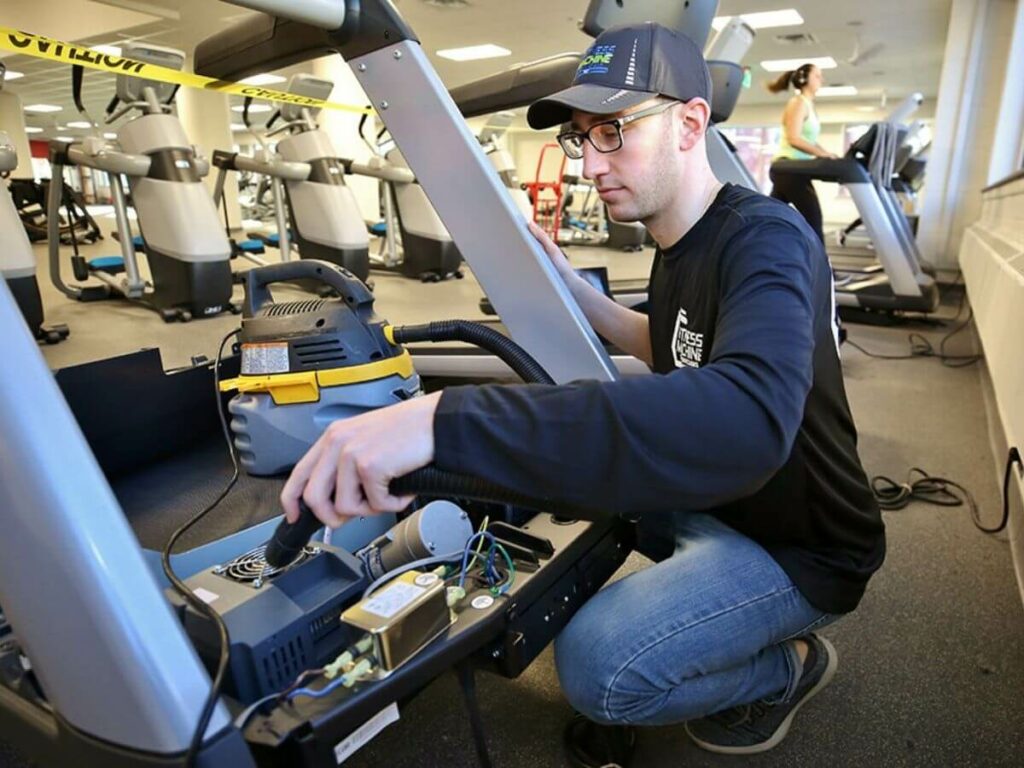
Security Personnel
If you have a large gym, you may need to hire security personnel to help keep the premises safe. This is an important expense, as gyms can be targeted for crime.
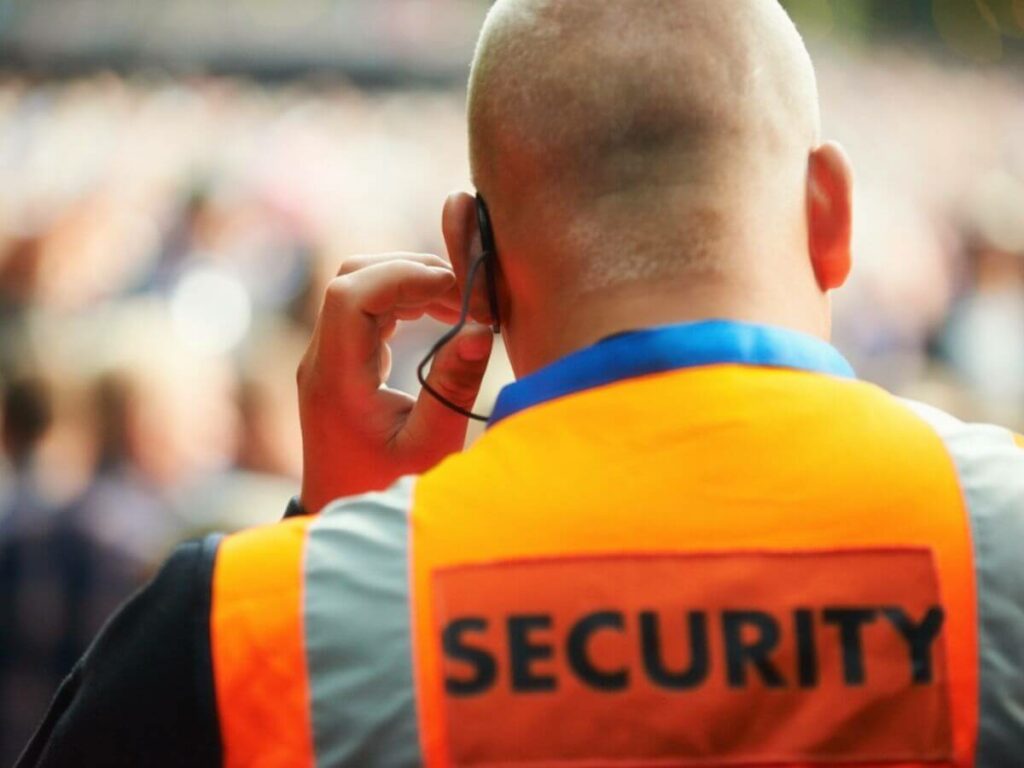
Staff salaries and the franchise gym owner’s salary will make up a large portion of your monthly expenses, so it’s important to factor them into your budget. It’s important to weigh the costs and benefits of each position before making any decisions.
8. Facilities and Equipment
Facilities and equipment are a big part of what makes a gym successful. If you’re thinking about starting a gym, you’ll need to invest in high-quality equipment that will attract members. You’ll also need to make sure that your facility is clean and well-maintained. These factors can be costly, but they’re necessary for running a successful gym.
Some of the facilities and equipment you’ll need to consider are:
Treadmills
These are a must-have for any gym. They provide a great cardio workout and can be used by people of all fitness levels.
Ellipticals
Another popular piece of equipment, ellipticals are perfect for people who want a low-impact workout.
Weight Machines
Weight machines are essential for strength training. They come in a variety of sizes and can be used for a variety of exercises.
Free Weights
Free weights are also important for strength training. They come in a variety of sizes and can be used for a wide range of exercises.
Aerobic and Yoga Classes Space
If you want to offer group classes, you’ll need a space that can accommodate them. Aerobic and yoga classes require a lot of room, so make sure you have enough space for your class sizes.
Shower and Changing Facilities
Your gym members will appreciate having access to a shower and changing facilities. This is especially important if your gym is located in a busy area.
Locker-Rooms
Locker rooms are another important amenity for gym members. They provide a place to store belongings while working out and can also be used to change clothes.
Saunas and Steam Rooms
Saunas and steam rooms are a great way to relax after a workout. They can also help improve circulation and relieve muscle pain.
Child Care Facilities
If you want to attract families to your gym, you’ll need to provide childcare facilities. This will allow parents to work out while their children are being cared for in a safe and supervised environment, not just a gym.
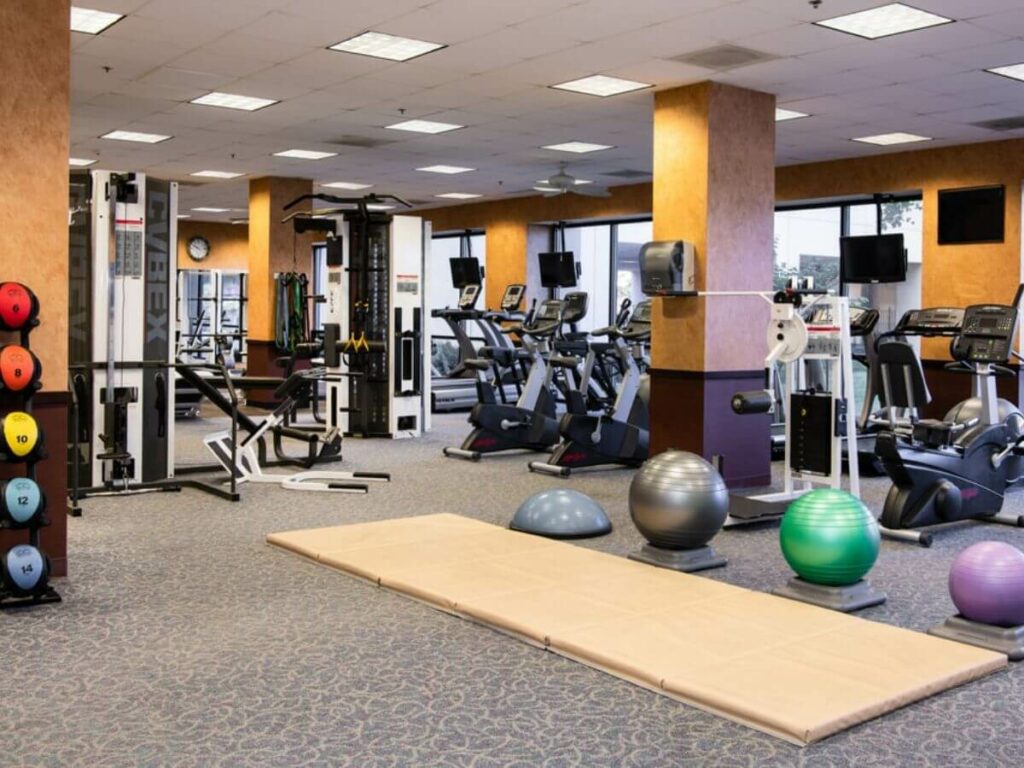
These are some of the facilities and equipment you’ll need to consider when you have a gym. Keep in mind that these costs can add up, so be sure to factor them into your budget. With the right planning, you can create a successful and profitable gym.
9. Marketing and Promotions
You can’t just open up a gym and expect people to come. You have to get the word out there and let people know what you have to offer. That’s where marketing comes in. You need to create a campaign that will attract attention and generate interest in your gym.
Here are some ways to market your gym:
Website
Your website is the first thing potential customers will see. Make sure it’s well-designed and informative.
Social Media
Create accounts on all the major social media platforms and post regularly. Examples of platforms include Facebook, Twitter, and Instagram.
Email Marketing
Send out monthly newsletters to your subscribers. Include information about new classes, promotions, and events.
Word of Mouth
Make sure your current members are happy with their experience. They’ll be more likely to tell their friends and family about your gym if they’re having a good time.
Offline Advertising
Invest in some traditional offline advertising methods, such as flyers, posters, and billboards.
Promotional Campaigns
Run a promotion or contest. This will bring in new members, which in turn will generate more revenue. But make sure your promotion is relevant to your gym’s target market.
Offer Discounts
Discounts can be a great way to bring in new members. But make sure you don’t discount your services too much, or you won’t make a profit.
Referral Programs
Referral programs are another great way to generate new leads. Offer incentives for current members to refer their friends and family to your gym.

Marketing can be a costly endeavor, but it’s essential if you want to attract new members. You need to make sure you’re reaching the right people and that your marketing campaigns are effective.
10. Gym Memberships
The bottom line is that gym membership is a necessary part of doing business for most gyms. They not only provide a revenue stream, but they also help to cover the costs of things like equipment and maintenance. Some gyms offer different membership options, such as basic, premium, and VIP memberships.
However, there are a few things to keep in mind when it comes to gym memberships.
Price of Membership
For one, the price of a gym membership can vary widely depending on the type of gym, its location, and the amenities it offers. Additionally, many gyms offer discounts for things like multi-month contracts or annual payments. Some gyms charge initiation fees as well.
Services Offered
The service offered to the gym membership holder is also important to consider. Most gyms offer a variety of services, including personal training, group classes, and access to the gym’s facilities.
Privileged Access
Another factor to consider is the privileged access that gym members have. This can include things like early bird hours, exclusive events, and member-only sales.
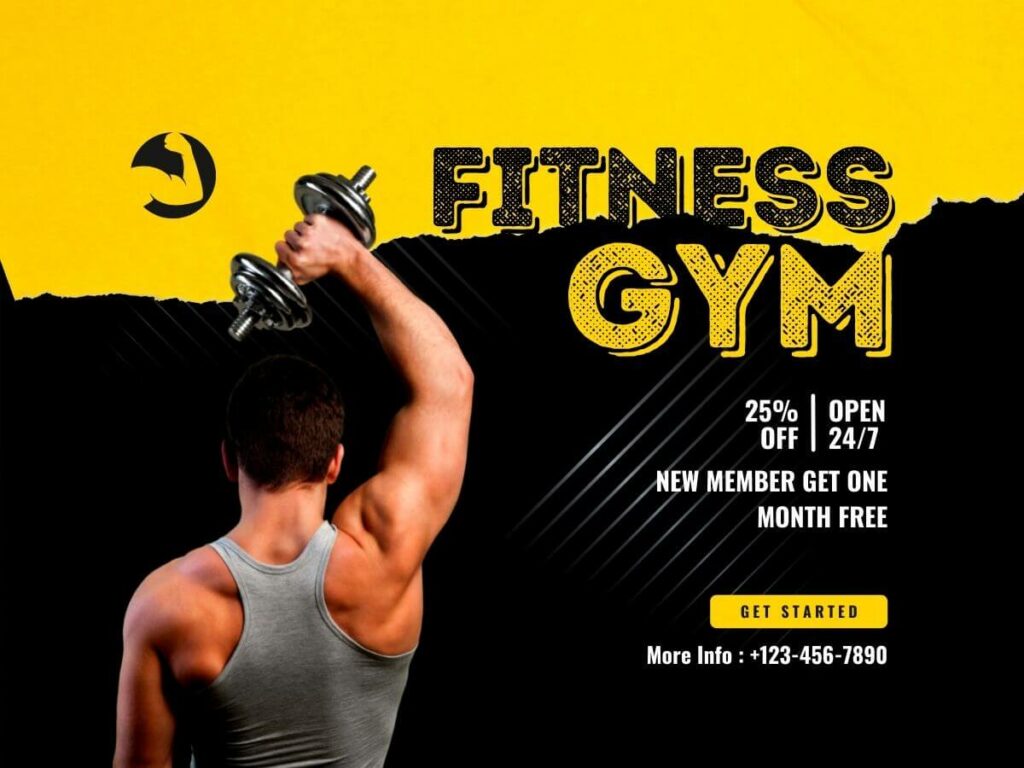
Gym membership is one way to generate revenue for your gym. Be sure to carefully plan and consider all of the factors involved before making a decision.
11. Pros and Cons of Opening a Gym
We have listed down the things you should consider when Opening a Gym:
| Pros | Cons |
|---|---|
| Rewarding work | Crowded Space |
| Meaningful business connections | Finding The Right Supplier |
| Daily physical activity | Motivation of employees |
| Amazing perks and discounts | Low margins |
| You are your own boss! | High employee turnover |
| Local Community | Taxes |
| Higher likelihood of getting referrals | High overhead expenses |
| Location is everything! | You may need to charge sales tax |
| Face to face interaction | Time commitment |
| You get to do something you truly love | You might struggle financially (at first)! |
| Easy to Learn The Business | More of a challenge to run your business from home! |
Want to know what to expect in Opening a Gym? Check this video:
12. Conclusion
So, how much money do gyms make? The profitability of a gym, including the CrossFit gym profit margin, depends on a variety of factors, from the type of membership model to the amenities offered. Ultimately, it is up to the fitness business owners to determine what mix of these factors will work best for their business.
If you have any questions or would like to learn more about how to make your fitness center profitable, please contact us at Yanre Fitness. We would be happy to help!
Related articles:





